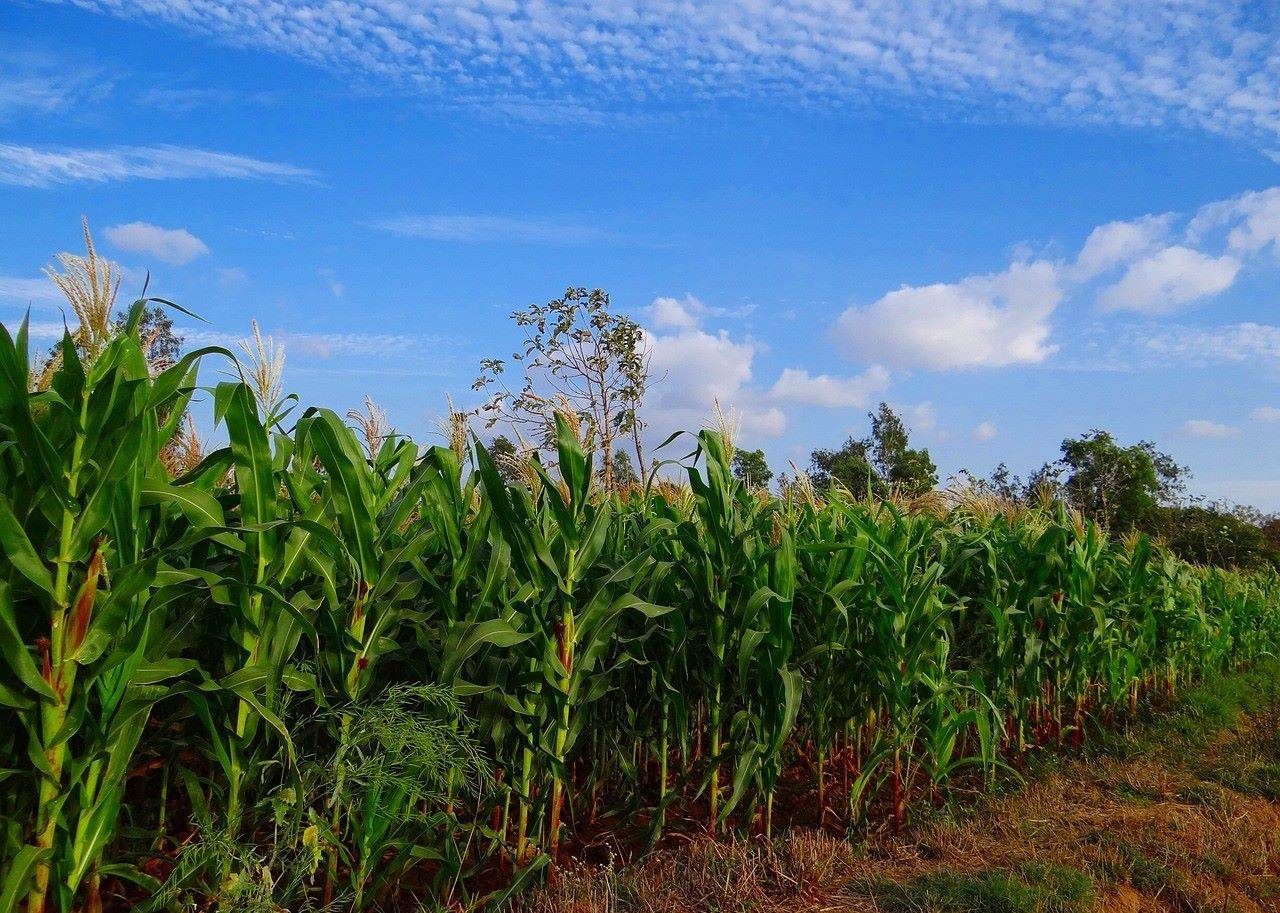
Over the last decade, Indian agriculture has witnessed a remarkable transformation, particularly in the cultivation of prime crops like maize, hailed globally as the 'queen of cereals'. Maize cultivation has surged across states like Bihar, Maharashtra, Tamil Nadu, West Bengal, Gujarat, and Telangana, showcasing the resilience and adaptability of Indian farmers and solidifying its position as a cornerstone of agricultural success. Notably, the expansion in both acreage and productivity of maize underscores the innovation of farmers in navigating challenges.
Maize stands out as a climate-resilient crop, demanding less water and boasting carbon efficiency, thus reducing its environmental impact. This quality renders it an appealing choice for farmers contending with shifting climates and soil conditions. Moreover, integrating maize into mixed cropping systems holds promise in strengthening soil health and improving pest management practices.
Considering these advantages, the Government of India has placed significant emphasis on maize production in recent years, recognizing its potential to contribute to food security, environmental sustainability, and the economic well-being of farmers. The Government of India has implemented various initiatives, such as the National Food Security Mission, aimed at increasing maize production sustainably through area expansion and productivity enhancement.
Moreover, experts such as Dr Hanuman Sahay Jat from the Indian Institute of Maize Research underscore the government's focus on maize cultivation, particularly driven by initiatives like the Ethanol Blended Petrol (EBP) programme, which aims to reduce CO2 emissions and pollution by blending ethanol with petrol and diesel. Maize also holds the predominant energy source in poultry diets across many nations, owing to its exceptional energy content, palatability, and rich reserves of pigments and essential fatty acids. It's noteworthy that maize can be incorporated into poultry rations up to 70%.
Farmers like Madan Ahir from Chittorgarh, Rajasthan, are increasingly recognizing the profitability of maize cultivation over traditional crops like rice or wheat. He emphasizes the high productivity and water efficiency of maize, which has led to its growing popularity among farmers in the region. Similarly, Dipendra Kumar from Uttar Pradesh underscores the substantial contribution of maize yields to his family's income. He highlights the widespread adoption of maize cultivation in his village during the Kharif season, indicating a shift towards more lucrative agricultural practices.
With India exporting 3.45 million MT of maize valued at Rs 8,987 crores in 2022-23, it is evident that Indian farmers are not only meeting domestic demand but also contributing significantly to the global market, showcasing their self-sufficiency and competitiveness in maize production.
Why Non-GM Maize
Non-GM maize holds its own appeal, particularly due to its flavor, nutritional content, and compatibility with local culinary traditions. This preference for non-GM maize contributes substantially to food security at the local level, as it ensures access to culturally significant and nutritionally rich food sources.
Cultivating non-GM maize presents a promising direction to support farmers' economic prosperity while safeguarding the integrity of their seed sovereignty. With diverse industries heavily reliant on maize and its derivatives, farmers stand to gain significant profits while mitigating risks and reducing costs. By embracing non-GM varieties, farmers can maintain their income streams without compromising on environmental or economic sustainability. To support this, government should enact policies that prioritize the conservation and sustainable management of non-GM maize strains. This entails robust regulatory measures to curb the proliferation of GM maize and ensure the preservation of traditional seed varieties.
Conclusion
Indian maize production plays a pivotal role in the economic empowerment of farmers nationwide. From 22 million metric tons (MT) in 2014-2015, maize production has soared to an impressive 35 million MT, portraying a substantial increase in output. Simultaneously, the acreage dedicated to maize cultivation has expanded from 9.1 million hectares to 10.1 million hectares, showcasing a 35% yield increase over the same period.
Amidst ongoing debates surrounding the adoption of GM maize, there is a pressing need to prioritize the conservation, promotion, and sustainable utilization of non-GM maize varieties. It is imperative to redouble efforts towards enhancing non-GM varieties while extending support to farmers in embracing modern technologies and sustainable farming practices, all while safeguarding genetic resources.
Moreover, the exponential growth of maize cultivation in India over the past decade is a testament to the agricultural sector's resilience and adaptability in addressing evolving demands and challenges. With conducive government policies, technological advancements, and the steadfast dedication of farmers, maize has emerged as a symbol of success in Indian agriculture, indicating a future of sustainability and prosperity for both farmers and the nation at large.
















